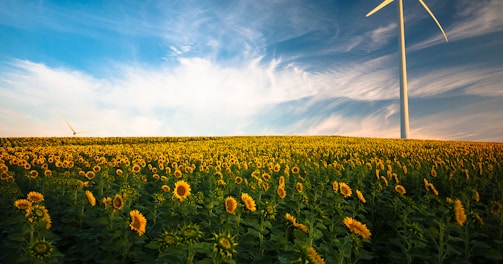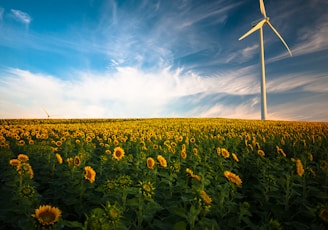
Renewables and Sustainability
Developing and deploying alternative forms of energy has become a vital concern over the past several years.
Some forms of green energy
have been around for years, even decades, but with the signing of the Paris climate accords in 2016 , the vast majority of the countries around the world committed to limiting carbon emissions to try to keep the global temperature increase under 2 degrees Celsius.
More recently
the United Nations’ Intergovernmental Panel on Climate Change released a paper warning of catastrophic climatic effects if we do not hold the global temperature increase to less than 1.5 degrees Celsius.
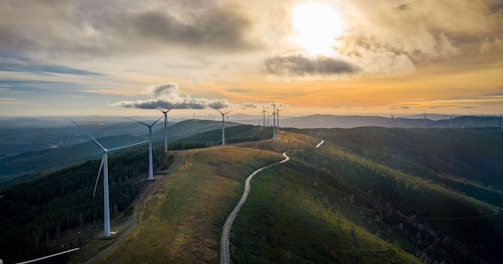

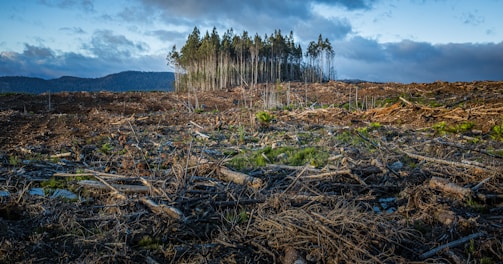
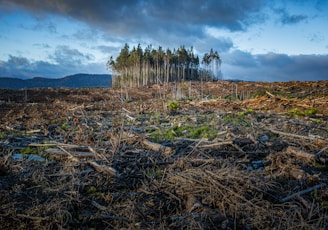

Alternative energy sources can include green, renewable, clean, and sustainable energy.
But what are these different types of energy?
The terms green energy, clean energy, renewable energy, and sustainable energy tend to appear in the news and on company websites as if interchangeable, but in reality, they have distinct meanings.
Below, we’ll explain some of the differences between these terms, offer some examples and explain how customers can be part of the alternative energy movement.
Renewable Energy
Renewable resources are constantly replenished, such as those derived organically or that are naturally recycled.
Solar, wind, geothermal, and hydropower are all renewable, as opposed to fossil fuels that take much longer to create.
Even the excessive use of renewable resources can make a particular energy source unsustainable.
Sustainable Energy
To be sustainable, an energy resource must be maintained for the foreseeable future. It must continue to supply a business’s or society’s needs, but, in the process, the energy source must not run out or somehow become unusable.
If a renewable resource is used up more quickly than it’s generated, it can be depleted.


